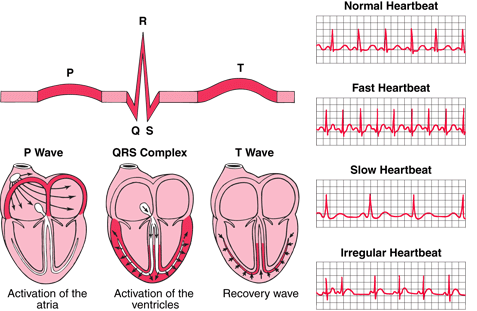- Community
-
Programs
- Schools
-
Careers
- RN Specialties
- Best RN Jobs and Salaries
- Aesthetic Nurse
- Nursing Informatics
- Nurse Case Manager
- NICU Nurse
- Forensic Nurse
- Labor and Delivery Nurse
- Psychiatric Nurse
- Pediatric Nurse
- Travel Nurse
- Telemetry Nurse
- Dermatology Nurse
- Nurse Practitioner
- Best NP Jobs and Salaries
- Family NP (FNP)
- Pediatric NP
- Neonatal NP
- Oncology NP
- Acute Care NP
- Aesthetic NP
- Women's Health NP
- Adult-Gerontology NP
- Orthopedic NP
- Emergency NP
- Psychiatric-Mental Health NP (PMHNP)
- APRN
- Nurse Educator
- Nurse Administrator
- Certified Nurse Midwife (CNM)
- Clinical Nurse Specialist (CNS)
- Certified Registered Nurse Anesthetist (CRNA)
- Resources
- Education


IHeartPeds87
542 Posts
Hi everyone,
can someone please read the following and either tell me i'm correct or explain why I'm wrong?
Am I understanding the following concepts properly? I'm most confused about preload.
Heart rate: bradycardia can decrease cardiac output (if the heart isn't pumping fast enough then cardiac output can go down). Tachycardia can decrease cardiac output (if the heart is pumping too fast, the heart doesn't have time to fill and then cardiac output can go down). That's why you want the heart rate in the "sweet spot" of 60-100 bpm.
Afterload is the resistance the left ventricle has to fight to push the blood out, and is a combination of systemic ventricular pressure and aortic pressure. Increasing afterload would decrease cardiac output, correct? So vasodilation decreases afterload, correct?
Contractictility of the heart is how strong/intensity of the contraction is...you want a strong contraction to push more blood to the body so increasing contractility of the heart (done with inotrope medications) increases cardiac output, correct?
How does preload factor in to this? I've heard people refer to preload as stretch....I don't totally get that. My understanding is that preload is the volume of blood in the right ventricle at the end of diastole....meaning it is the volume of blood that gets "left behind" in the heart and doesn't get to the body where it needs to be....meaning that decreasing preload would increase cardiac output? Is that correct? How would preload ever get increased? would we ever want preload increased?
Your help is much appreciated!